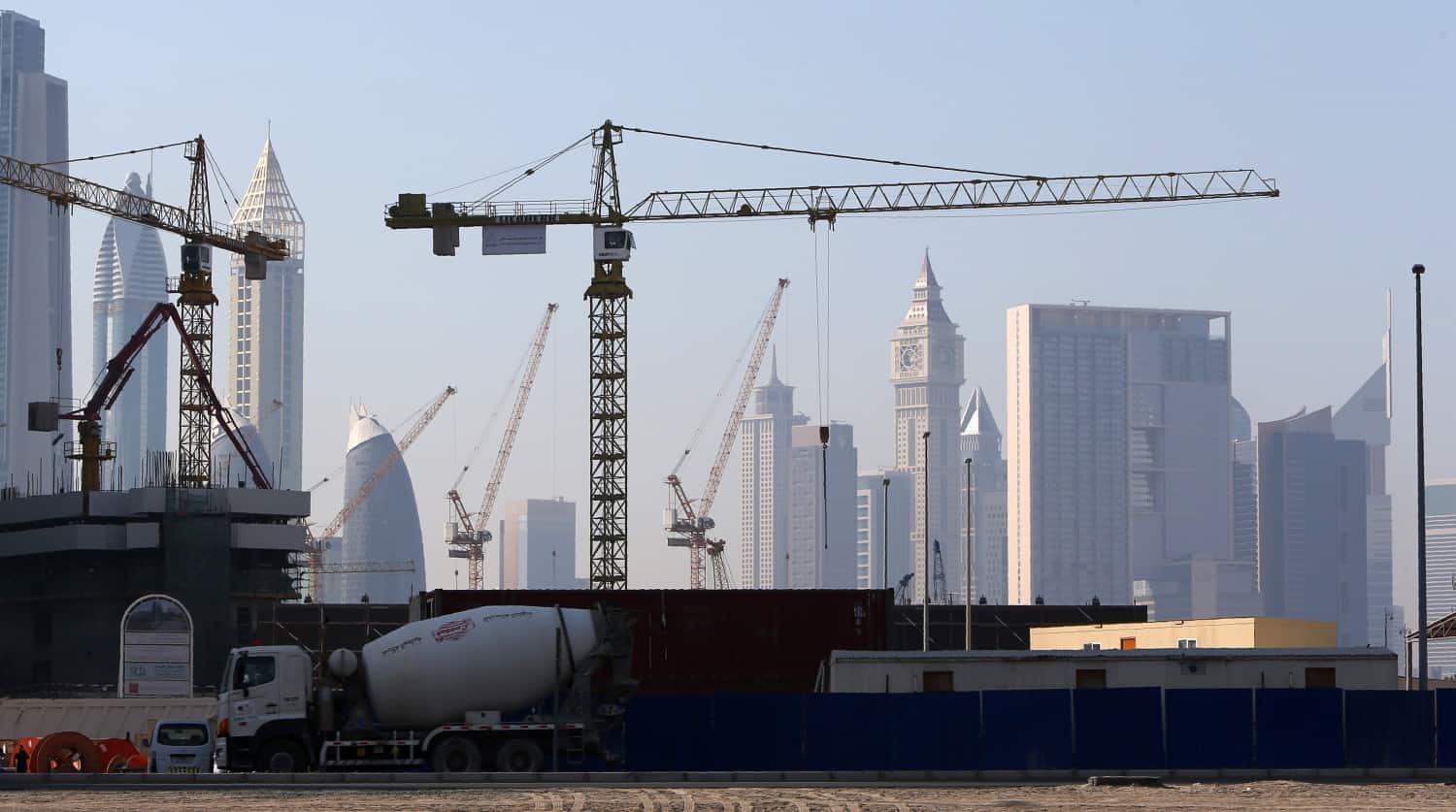The oil price recovery can ultimately be a positive factor, especially within the Middle East, supporting current and future pipeline of construction programs, Gary Tracey, Head of Cost Management, Project & Development Services, MEA, JLL, told TRENDS.
The rise in crude prices will potentially lead to a greater surplus in local government budgets, which can be used for construction and development investment, he added.
After leaping to a peak of $130 per barrel following Russia’s invasion of Ukraine, oil prices are expected to settle at an annual average of around $107 in 2022, up $38 from 2021, according to the International Monetary Fund’s (IMF) latest World Economic Outlook.
The Russia-Ukraine war and related sanctions have triggered a sharp increase in commodity prices, which will add to the challenges facing countries in the Middle East and North Africa – particularly the region’s oil importers, Jihad Azour, Director of the Middle East and Central Asia Department, IMF, wrote in a blog post.
Given that rising commodity prices lead to higher inflation, JLL expected construction tender price indices for Saudi Arabia and the UAE at 6-8 percent and 4-6 percent, respectively, based on its year-on-year tender price inflation forecast.
“Our current forecast for 2022 is higher than the average change between 2020 and 2021,” Tracey said, adding the inflation calculation allows for labor, plant, equipment, and materials fluctuations, which are assessed at 4-6 percent and 2-5 percent for Saudi Arabia and UAE, respectively.
The main reasons for the change are the price fluctuations over the period for construction labor and materials, as well as commodities, he stated.
In its recent report, JLL said construction output is forecast to grow at an annual average growth rate of 2.3 percent over 2022–2030, with prices in the near-term likely to be impacted by the geopolitical situation, inflation, and supply and demand-side factors.
Across the Middle East, the vision programs of countries are contributing to growing construction activity and generating a busy projects market, the report added.
When asked about the top factors driving up tender prices in Saudi Arabia and UAE, Tracey said many cost drivers impact tender returns.
The type and location of the project can be significant, especially where projects are within a remote area and of a large scale. These factors are likely to impact tender prices compared to “traditional” projects within cities.
The availability of contractors, qualified resources, competitiveness within the market, rising material prices, inflation, supply chain disruptions, increasing demand for construction materials and perceived shortages of materials are factors that correlate with increasing tender prices.
The current MEED project awards value and growing construction industry statistics forecast a 4.1 percent growth between 2022 and 2030.
Although challenging to predict the total tenders likely to be awarded in the current global economic climate, Tracey projected that the Middle East project awards are expected to surpass 2021 awards of circa $147 billion, citing MEED data.
In its April 2022 report, Saudi Arabia’s General Authority for Statistics revealed that prices of construction materials such as iron and timber increased by over 4 percent and 14 percent year-on-year to 3,640 per ton and SAR 3,498 per cubic meters, respectively, in Q1 2022. However, cement and ready-mix concrete prices decreased by 2 percent and 1 percent YoY to 13.70 per 50-kg bag and 202.79 per cubic meter, respectively.
Elsewhere, Jadwa Investment’s February economic update said the construction sector, which comprised 7.9 percent of non-oil GDP, recorded a growth of 1.5 percent in the year-to-Q3 2021, year-on-year. This modest rise came despite a sizable SAR 60 billion worth of construction projects being executed in Saudi Arabia in 2021.
Like in many parts of the world, the sector will have been affected by labor shortages and supply chain issues. Global supply chain issues sent construction material prices worldwide skyrocketing, with similarly higher costs of raw materials seen within the Kingdom.
Looking ahead, growth in this sector will be determined by how much of the current SAR 2.7 trillion worth of projects in the design phase move into the construction phase during the year, as most of these projects relate to Public Investment Fund (PIF) mega-projects, namely NEOM, Jadwa concluded.








